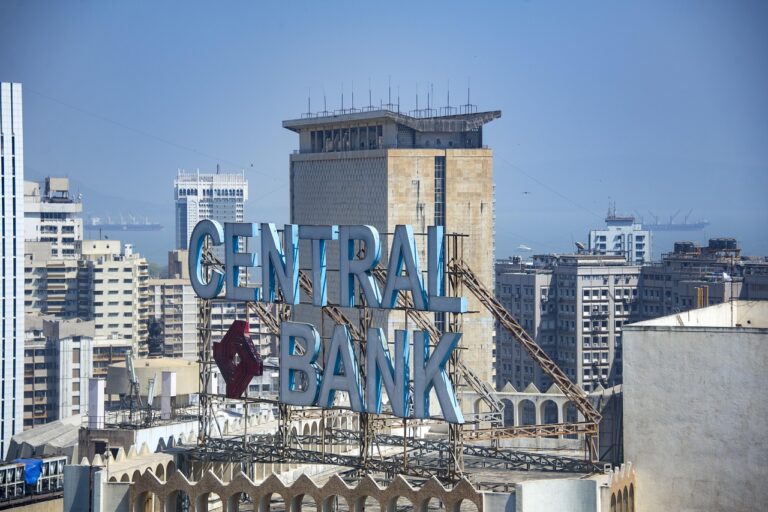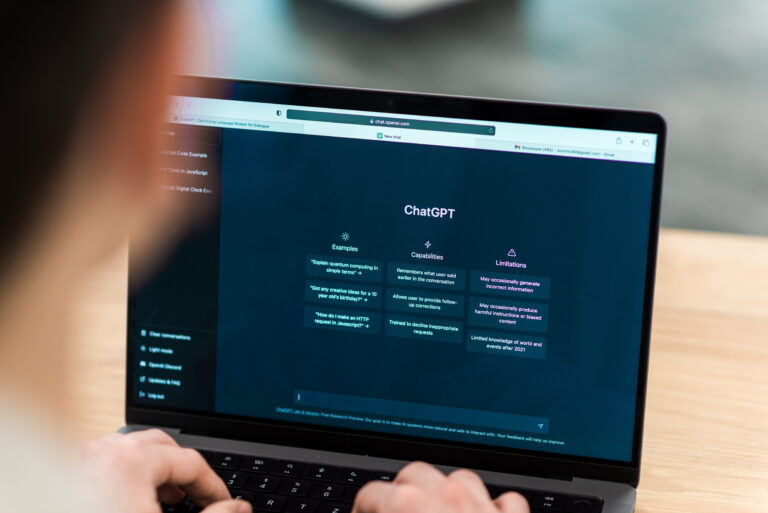
Introduction
There are places on the map where geography becomes destiny. The Strait of Hormuz, a narrow waterway between Iran and Oman, is one of them. Every day, nearly one-fifth of the world’s oil supply passes through this fragile corridor — a ribbon of sea barely thirty miles wide, where tankers, warships, and politics all converge.
Now, Iran has threatened to close the strait, responding to mounting tensions with Western nations over sanctions, regional attacks, and its confrontation with Israel. The mere threat has already sent oil markets trembling, with traders bracing for the possibility of a global energy shock. In a world still haunted by inflation and slow growth, the idea of a blocked Hormuz is not just a geopolitical nightmare — it’s an economic one.
The heart of the world’s oil trade
Few places hold such disproportionate power over the global economy. The Strait of Hormuz is the only maritime exit for oil from Saudi Arabia, Kuwait, Qatar, and the United Arab Emirates — the very core of OPEC’s production. Every supertanker that carries crude to Asia or Europe passes through those waters.
To close Hormuz, even partially, would be to squeeze the oxygen line of global trade. Analysts estimate that a full blockade could cut off up to 20 million barrels per day, an amount no other region could replace quickly. For context, that’s more than the entire output of the United States and Russia combined.
The last time the strait came under serious threat — during the Iran–Iraq War of the 1980s — oil prices spiked and navies clashed. Today, the stakes are even higher, not only because of dependence on oil, but because the global economy is more interconnected, more fragile, and more anxious than ever.
A calculated signal, not an idle threat
Iran’s warning is not random. It comes at a moment of intense geopolitical pressure. Western sanctions continue to squeeze its economy. Israel has escalated rhetoric and strikes on Iranian-linked targets. And the United States has increased its naval presence in the Gulf, seeking to deter any move that might disrupt trade.
By threatening to close Hormuz, Tehran is sending a message: if you corner us economically or militarily, we can make the whole world feel it. It’s leverage in its purest form — one nation reminding the rest that geography can still outweigh technology.
But the question is how far Iran would go. Completely closing the strait would invite massive retaliation and possibly open conflict with the U.S. and its allies. More likely, experts suggest, is a strategy of controlled disruption: intermittent harassment of tankers, temporary blockades, or cyberattacks on maritime systems — enough to raise prices, not enough to start a war.
The market’s instant reaction
Markets don’t wait for facts; they react to fear. As soon as the threat circulated, oil futures surged, traders adjusted portfolios, and investors sought refuge in gold and the dollar. Even before a single ship was stopped, the price of crude began to carry what analysts call a “war premium” — an invisible tax on uncertainty.
The effect can be swift and global. When oil jumps by even $10 a barrel, transport costs rise, inflation pressures grow, and central banks rethink their easing cycles. The shock ripples through everything: from airline tickets to food prices. A sustained closure or attack could push prices toward or beyond $150, reigniting the inflationary fears that many economies have barely escaped.
For consumers, it translates into something simple but painful — higher fuel bills, pricier goods, and another wave of economic anxiety.

The view from Washington and Riyadh
The United States and its allies have long considered the Strait of Hormuz a red line. American and British naval forces patrol its waters constantly, ready to escort ships or respond to threats. Saudi Arabia and the UAE, aware of their dependence on that single passage, have invested in alternative pipelines — but those routes cover only a fraction of their exports.
Washington’s dilemma is clear: how to deter Iran without igniting the very conflict it fears. Sanctions and military warnings may show strength, but they also feed Tehran’s narrative of encirclement. Diplomacy feels like a shrinking option, yet it may be the only path to avoid economic catastrophe.
Riyadh, meanwhile, finds itself in an uncomfortable position. As both a rival and a neighbor to Iran, it knows that a war in the Gulf would devastate the region’s stability — and yet, paradoxically, benefit oil revenues in the short term. It’s a cruel balance: profit today, chaos tomorrow.
The global chain reaction
The danger of a Hormuz shutdown goes far beyond the Middle East. Asia would be hit first, as China, Japan, South Korea, and India rely heavily on Gulf oil. Europe, already grappling with post-Ukraine energy adjustments, would face new shocks. Emerging economies — from Brazil to South Africa — would feel the consequences through currency volatility and higher import costs.
For many nations, this is more than an oil story; it’s a fragility story. It exposes how much the world still depends on a single maritime artery — how, despite decades of diversification and renewable rhetoric, one strait can hold the world’s economic pulse hostage.
Between provocation and desperation
Iran’s threat also reveals its internal contradictions. The country faces deep domestic unrest, inflation above 40%, and a generation of citizens weary of isolation. By projecting strength abroad, the regime seeks legitimacy at home. Yet the cost of escalation could be immense. A confrontation with Israel or the U.S. would further isolate Tehran and potentially damage the very oil infrastructure it depends on for survival.
This makes the situation unpredictable. A miscalculated strike, a misinterpreted signal, a single naval clash could trigger a chain reaction no one intended — the kind that turns threats into irreversible events.
The return of geopolitical risk
For much of the past decade, investors treated geopolitics as background noise. Technology, interest rates, and corporate earnings dominated financial logic. That illusion is fading. The Strait of Hormuz is a reminder that politics can still dictate prices, that the world remains one unexpected move away from crisis.
Energy, once seen as a fading weapon in an age of renewables, is again a tool of power. And the markets, despite all their algorithms and analytics, remain vulnerable to human ambition — and fear.
Conclusion
The threat to close the Strait of Hormuz may never materialize, but it has already done its work. It has reminded the world how fragile its systems are, how easily confidence can evaporate, and how quickly economics bends to geopolitics.
Iran’s words were meant for its rivals, but the echo reached every household that depends on fuel, every business that relies on transport, every government fighting inflation. The Strait of Hormuz, that narrow strip of water, has become a mirror of the world’s dependence — and its vulnerability.
In the end, the question is not whether Iran can close the strait. The real question is how long the world can afford to live on the edge of that possibility.






